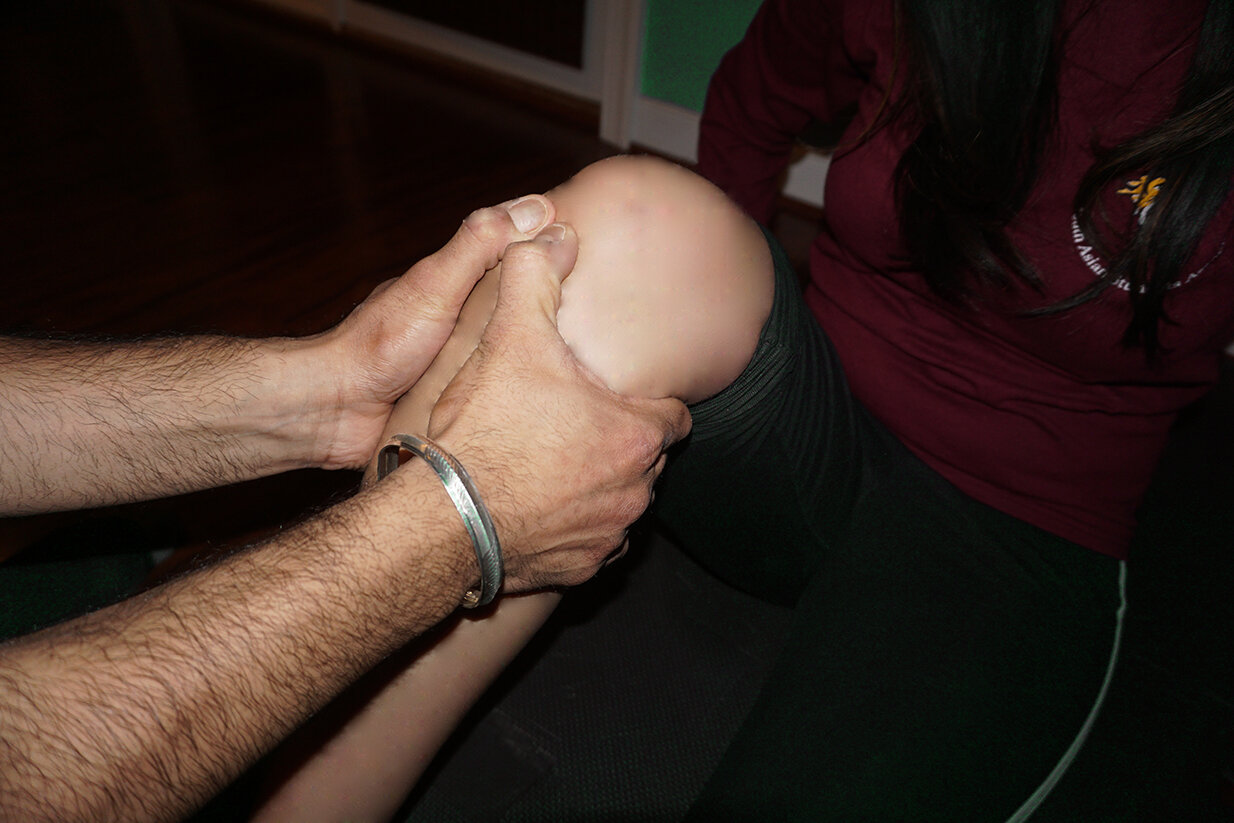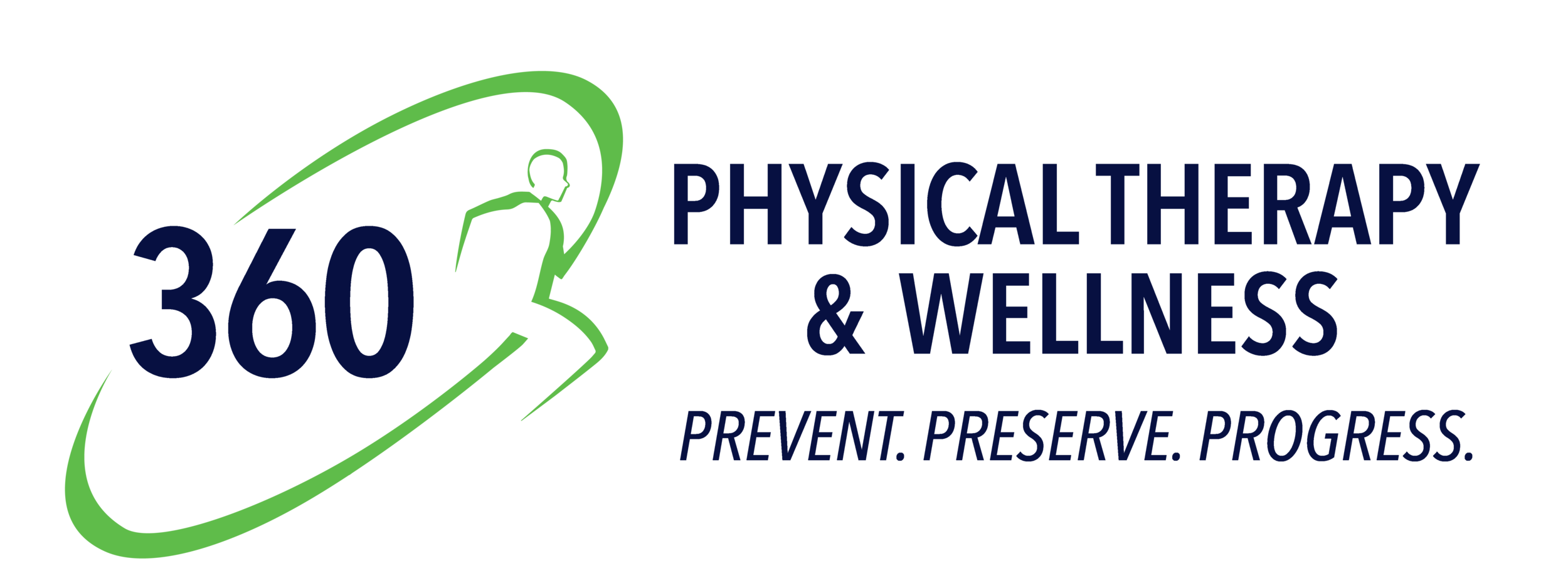
Knee Pain
Your knees take a beating. As the largest and most complex joint in your entire body, your knees carry you through your day, and if you don’t take care of them, they will cause a lot of aches and pains. Knee pain can result from a variety of issues such as torn ligaments and cartilage, to chronic conditions like arthritis.
Many of us have experienced knee pain at least once in our lives. Treating the pain early with conservative therapy methods will alleviate future pain and invasive surgery.
The board certified orthopedics and sports clinical specialists at 360 Physical Therapy & Wellness offer a variety of physical therapy treatments for knee pain, arthritis of the knee, and post-surgical knee replacement therapy. If you have knee pain, stiffness, or instability, call or email us today.
CAUSES AND TYPES OF KNEE PAIN
Knee pain often includes other symptoms such as stiffness, swelling, and feeling like your knee is going to give out. It can develop over time due to everyday activity or can be sudden and severe as a result of an accident or injury.
Because of the complexity of the joined ligaments and tendons to the bone, your knee can easily become injured as a result of overextension or overuse. Factors that can cause knee pain include:
Age. As we age, our bones, joints, and ligaments succumb to the wear and tear of everyday life. Without proper care, our joints and muscles deteriorate over time causing pain and stiffness.
Weight. Excess weight puts additional stress on weight-bearing joints, can cause inflammation, and can lead to arthritis of the knee
Improper movement patterns. Whether you are walking up and down the stairs, carrying a heavy load, or are compensating for a pain in another part of your body, if you place additional strain on your knees, they will become weakened, overused, and the ligaments can tear.
Weak or underused muscles. If your knees tend to hurt after a jog, or going up or down stairs, the problem may lie in the fact that you are asking muscles to work in ways they aren’t conditioned. Properly strengthening the muscles surrounding the knee (quadriceps, hamstrings, gluteal muscles) will help you avoid knee discomfort and injury.
Our highly trained, board certified physicians treat the following types of knee pain with physical therapy:
Ligament tears and sprains. There are four major ligaments attached to the knee bone that help stabilize the joint. Most common injuries are to the anterior cruciate ligament (ACL) and medial collateral ligament (MCL).
Bursitis. Inflammation of the knee joint as a result of overuse or repetitive movements. Bursitis is a common condition and can be treated with manual therapy and functional strengthening exercises.
Dislocations. Your kneecap (patella) can become forced out of place as a result of a direct blow to the knee.
Meniscus tears. A common sports-related injury to the knee is a meniscus tear. These are two c-shaped pieces of cartilage in your knee that can tear when you twist or overextend the joint.
Arthritis. Osteoarthritis is an inflammation of the joints, commonly in the knee. Other diseases that can occur in the knee are rheumatoid arthritis and gout.
PHYSICAL THERAPY AFTER KNEE REPLACEMENT SURGERY
Following knee replacement surgery, it is important to meet with a physical therapist to improve circulation, strength, mobility, and recovery time. The physicians at 360 Physical Therapy & Wellness will identify specific strength exercises to reduce down time and help you to be mobile again.
PHYSICAL THERAPY FOR KNEE PAIN
Specialized physical therapy services for knee pain consist of hands-on treatments to loosen muscles and joints, and education on proper movement patterns, exercises, and stretches to restore mobility and strength.
How we treat knee pain with physical therapy:
Manual therapy. Manual therapy is used to decrease pain, reduce swelling and inflammation, and improve mobility. Knee joint and soft tissue mobilization/manipulation helps to restore proper mechanics.
Massage therapy. Massage therapy involves applying pressure to the muscles of the knee to help alleviate pain and improve knee strength.
Instrument Assisted Soft Tissue Mobilization (IASTM). A modern version of manual therapy, IASTM breaks down fascial restrictions and scar tissue with a small, ergonomically shaped tool. Studies have shown that IASTM improves range of motion, strength and pain perception following the treatment.
Functional exercise. We will perform a functional movement assessment to identify areas in which you may be placing unnecessary stress on your joints. We will design individual exercise plans to increase the strength, endurance, and function of your leg muscles. We will educate you on ways you can perform these exercises to support the knee and reduce stress to the affected joints.
Electrical stimulation. Electrical impulses are delivered through electrodes to stimulate the quadriceps and the nerves that surround the knee to help reduce pain and increase mobility.
Physical therapy for knee pain is a safe and effective option. Contact 360 Physical Therapy & Wellness today to discuss physical therapy for knee pain and knee replacement surgery. We specialize in individualized patient care and want to help you feel like yourself again!
